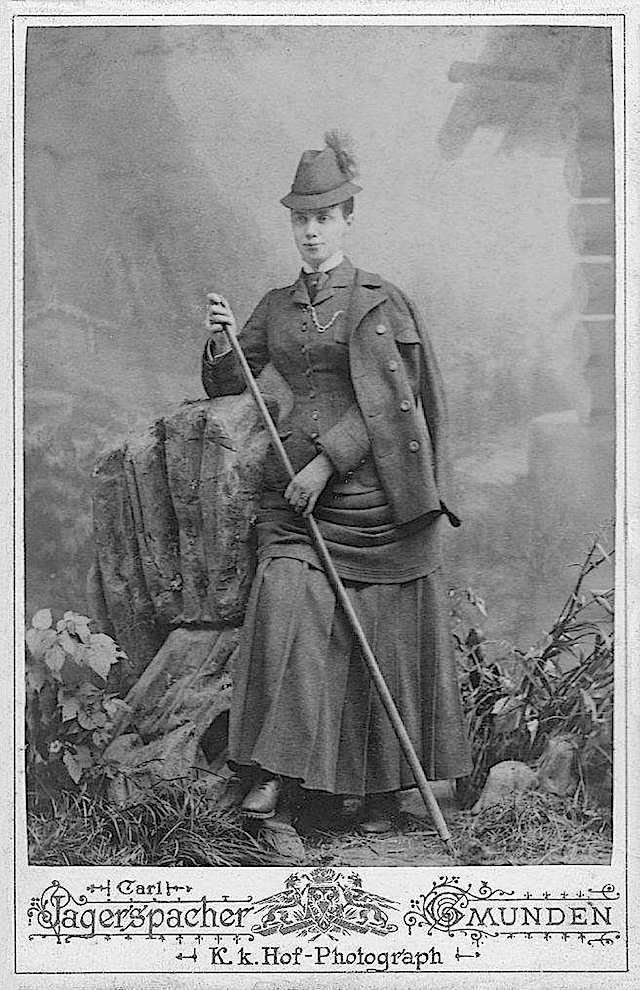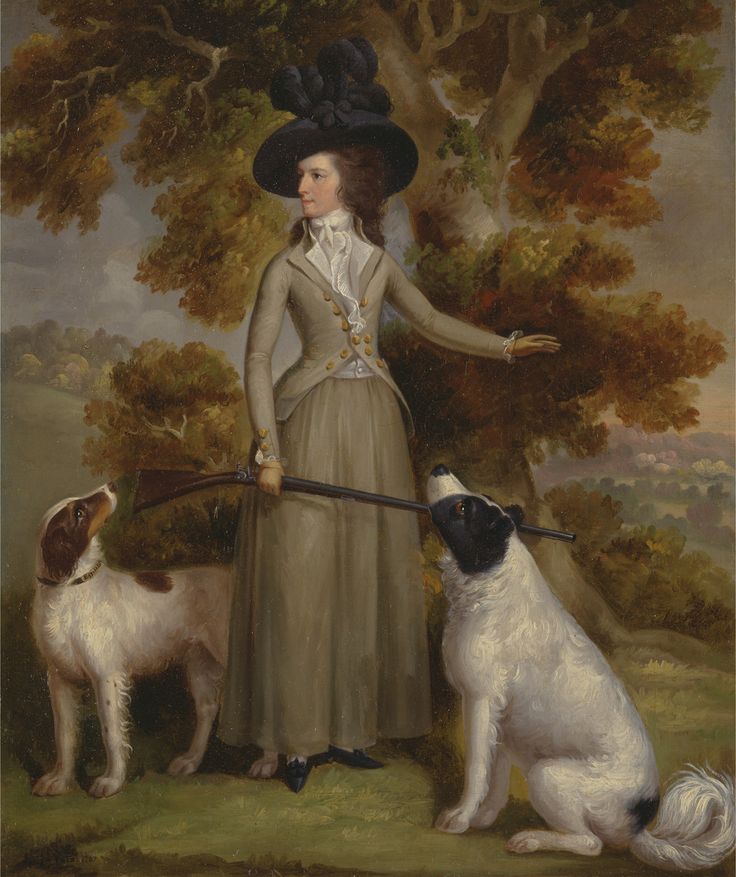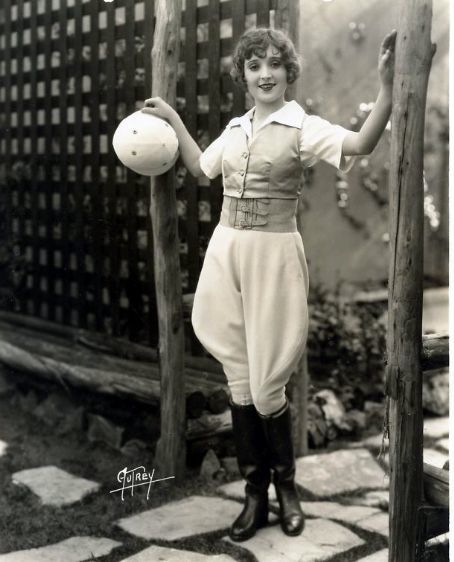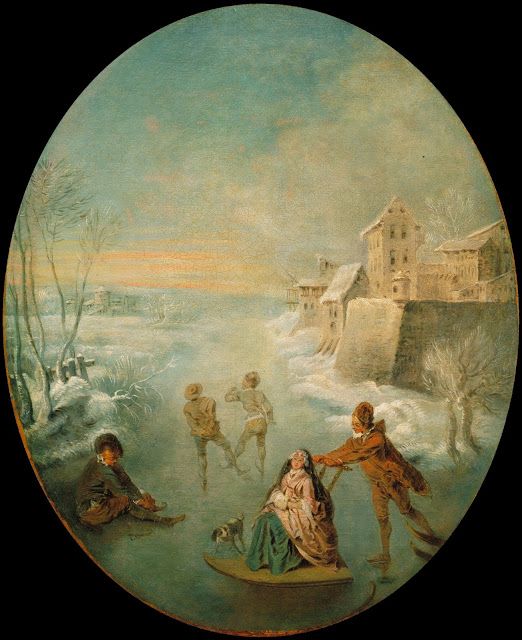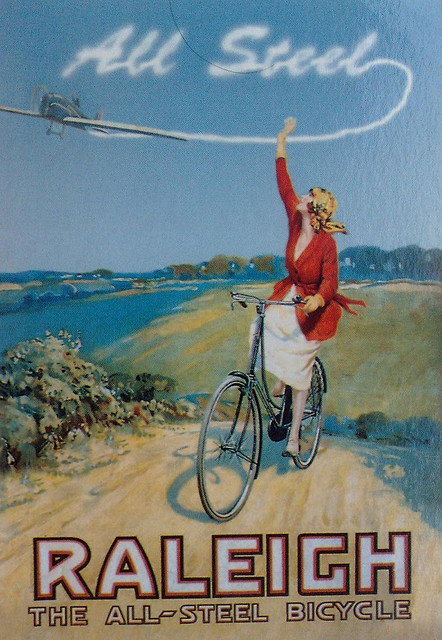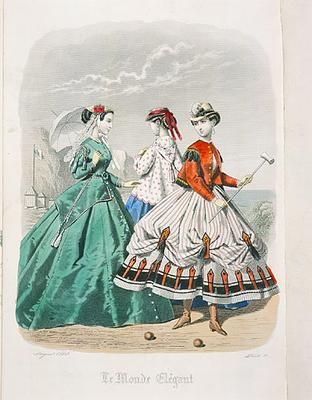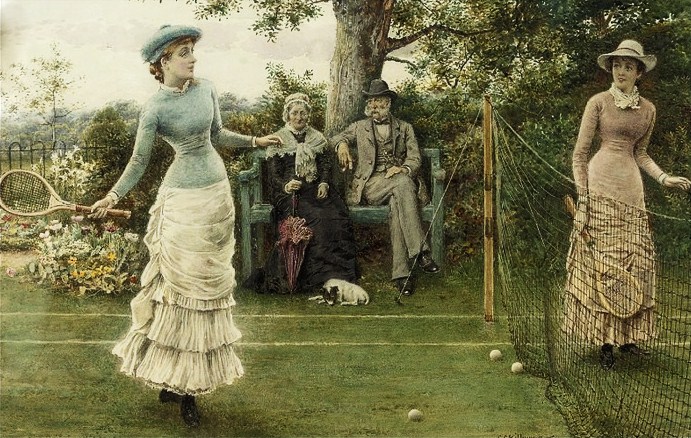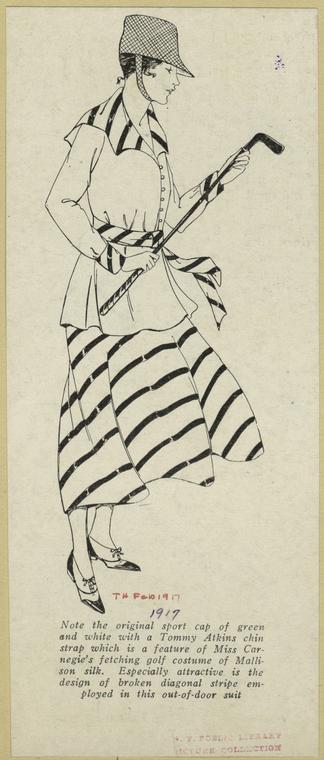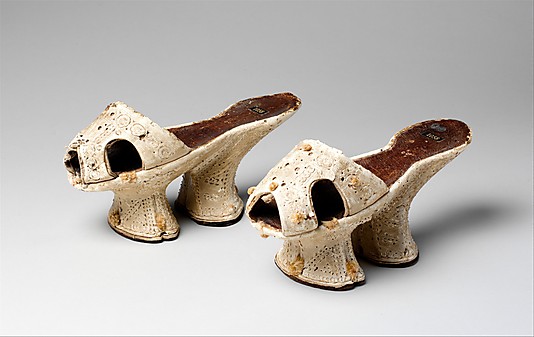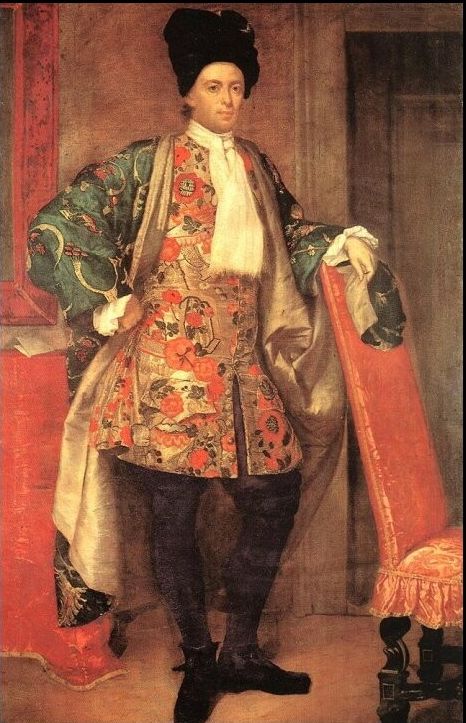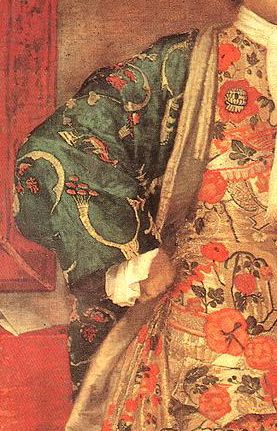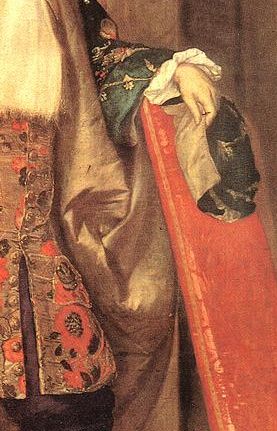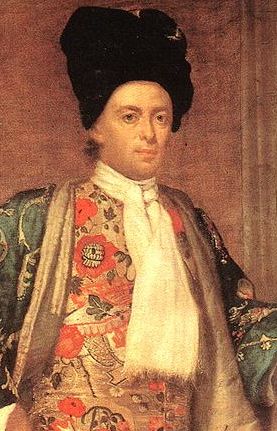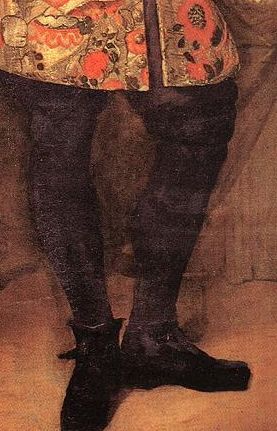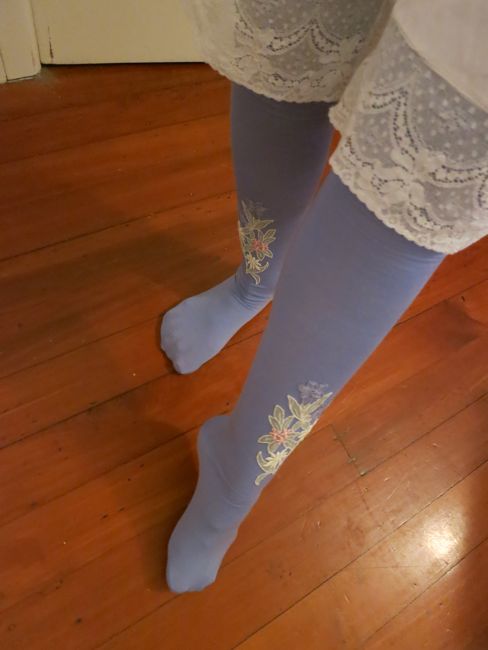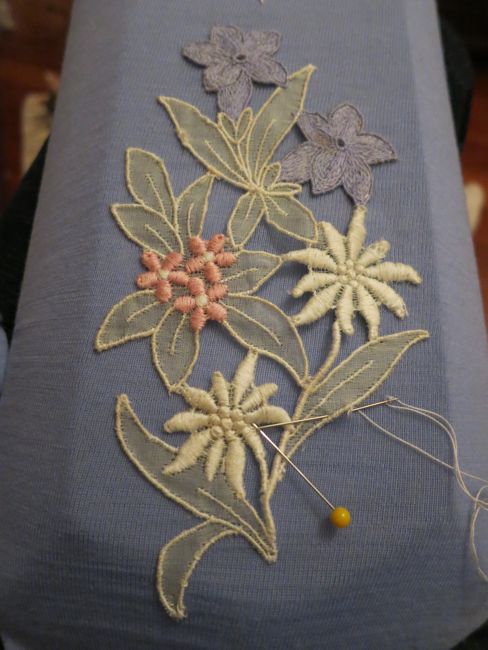I’m a bit behind on the Historical Sew Fortnightly inspiration post thanks to my flu, so I’m trying to catch up this week.
Challenge #15, The Great Outdoors, is due 15 August.
This challenge celebrates nature, the great outdoors, and all of the things we do in wide open spaces.
The oldest outdoor pursuit, is, or course, walking for which you might make Roman sandals, (though these were probably used for long hours spent building walls):
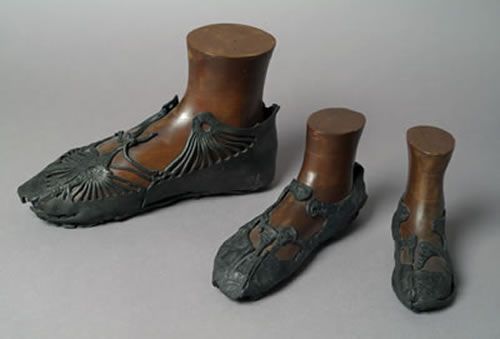
Shoes, Roman, 139-141 A.D, discovered during archaeological excavations at Bar Hill Fort on the Antonine Wall
Or a smart Regency walking ensemble:
Walkings more exciting cousin is mountaineering, which must have been even more exciting in a corset and heavy wool skirt:
Another ancient and perennially popular outdoor pursuit is riding. I think 17th century riding habits are a thing of beauty and a joy forever:
And 18th century riding habits are also frequently depicted doing double duty as walking wear:
More modern riding ensembles are no less adorable, and infinitely more practical
In winter, one can go skating, either on ones own two feet, or in this cunning skating chair:
A more recent outdoor speed invention is bicycling:
There are also practical sports, such as archery (though this Medieval depiction shows some rather improbably impractical gowns):

Évrard de Conty, France, Cognac, 1496-1498. Illustrated by Robinet Testard, Paris, BNF, Departement des Manuscrits, Français 143, fol. 116
And competitive pursuits, such as croquet:
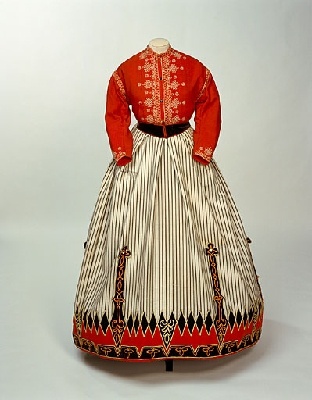
Croquet skirt, England, c1870, 1947.505, Manchester City Galleries
And tennis
Or golf:
Alternatively, you could be inspired by all the ways we have sought to protect ourselves from outdoors and the elements, from timeless garments like cloaks:
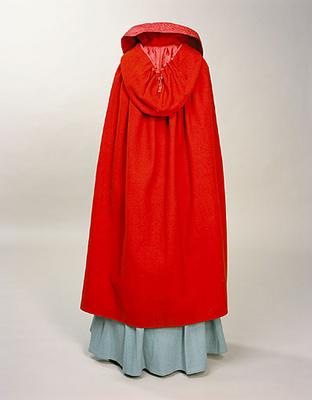
Woollen cloak with silk lining worn in Mobberley in Cheshire by a country bride arriving for her wedding, ca 1800, Manchester City Galleries
And the significantly more specific and exotic items like chopines:
And calashes:
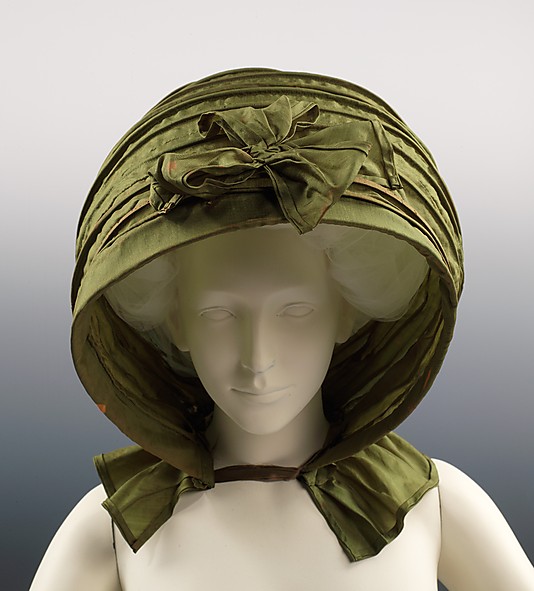
Calash, ca. 1790, American, silk, Metropolitan Museum of Art, 2009.300.2889
Whatever you choose to make to get out and about in, I look forward to seeing it!


